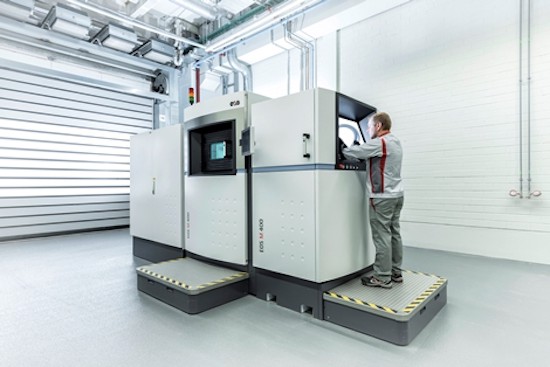
Güngör Kara, EOS’ director of Global Application and Consulting said: “The aim is to not only supply Audi with the right additive systems and processes but to also support them during applications development, when building up internal AM knowledge and training their engineers to become in-house AM experts.”
Audi currently uses 3D printing for prototyping and anticipates introducing the process for tool making, particularly in applications where component geometry or assemblies are complex.
With the introduction of additive, Audi believes it will be able to make tools that would otherwise have to be joined with conventional manufacturing.
Jörg Spindler, head of toolmaking, Audi, said: “We have set up our own competence center for 3D printing in order to gain experience with the materials and the process, and to further develop them for series production.
“With this technology we are able to integrate internal structures and functions in tools that we have not been able to create so far with conventional manufacturing methods.
“Especially with components in small batches, we can now produce components using lightweight construction, quickly and economically based on this technology."
Audi is also looking to use the process to produce inserts for die casting molds and hot working segments.
According to EOS, the company can positively influence the process of series production by conformal cooling, producing parts and vehicle components more cost-effectively. This is made possible by using highly complex, additively manufactured cooling channels, which are tailored to the component and could not be implemented conventionally before.
Specifically, the optimized cooling performance leads to a reduction of the cycle time by 20 per cent.




April 1886: the Brunkebergs tunnel
First ever example of a ground source heat pump?